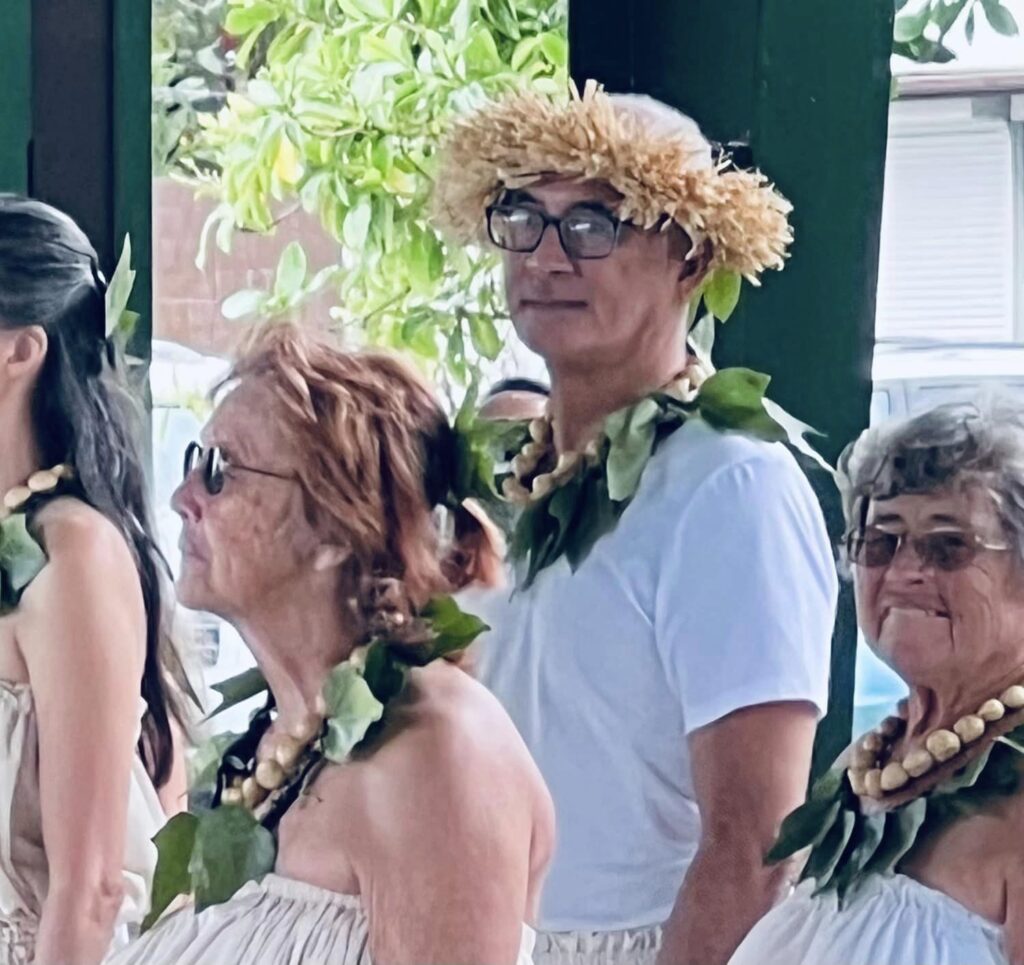
Hula Dance in Hawaii Wanderlust: Discovering Culture through Movement
Hula dance in Hawaii isn’t just a dance – it’s a vibrant expression of history and heritage. Rooted in ancient traditions, this mesmerizing art form was once used to convey tales of love, nature, and legends of the islands. Today, it’s a celebration of identity and a tribute to the rich tapestry of the Pacific.
Find out more about the history, culture, styles of dance and even some basic hula moves below.
A brief history to the Hula Dance in Hawaii
The hula dance, a cherished emblem of Hawaiian culture, has an enthralling history that spans centuries. Rooted in the traditions of the Polynesian settlers who first arrived on the Hawaiian islands, the hula has evolved into a vibrant and iconic art form.
In ancient times, hula wasn’t merely a form of entertainment; it was a sacred practice, conveying stories of creation, gods, and the natural world. These dances were performed during significant rituals and ceremonies, serving as a bridge between the spiritual and earthly realms.
However, the arrival of Western missionaries in the 19th century led to a period of suppression, where hula was discouraged and even banned due to its perceived association with “heathen” practices. Thankfully, the resilience of Hawaiian culture ensured the survival of hula. It experienced a revival in the early 20th century, thanks to the efforts of dedicated individuals who sought to preserve and share this cherished tradition.
Over time, the hula dance transitioned from its sacred origins to more public performances, becoming an integral part of Hawaiian celebrations, festivals, and cultural events. Today, hula is celebrated as a symbol of Hawaiian identity and a powerful vehicle for storytelling. Its graceful movements, accompanied by melodic chants and rhythmic instruments, continue to captivate audiences worldwide, conveying the spirit and essence of the Hawaiian islands through the artistry of dance.

Two different styles of Hula Dance
The hula dance, deeply ingrained in Hawaiian culture, showcases two distinct styles, each with its own unique characteristics and significance: the Hula Kahiko and the Hula ‘Auana.
- Hula Kahiko: Hula Kahiko, often referred to as the “ancient hula,” is a style that harks back to the traditional roots of the Hawaiian islands. It’s a dance form steeped in history, performed to the rhythmic beats of percussion instruments like drums and gourds, accompanied by chanting and vocals. Hula Kahiko is characterized by its slower tempo, intricate hand gestures, and deliberate, precise movements. Dancers wear traditional attire, which includes elaborate costumes made of natural materials like leaves, bark, and feathers.
This style of hula serves as a link to the past, preserving the stories, legends, and cultural practices of ancient Hawaii. Hula Kahiko often depicts mythological tales, genealogies, and significant historical events. The movements and gestures are laden with symbolism, connecting the dancers and the audience to the spiritual and cultural essence of the islands.
Here’s a sample of the traditional Kahiko style of performance
- Hula ‘Auana: Hula ‘Auana, in contrast, is a more contemporary and modernized style of hula dance. It emerged in the late 19th and early 20th centuries, influenced by Western influences and evolving cultural dynamics. This style incorporates a wider range of instruments, including ukuleles, guitars, and Western-style vocal harmonies. The tempo of Hula ‘Auana is often faster, and the movements are more fluid and expressive.
Hula ‘Auana embraces a fusion of Hawaiian traditions with outside elements, reflecting the changes that Hawaii underwent through colonization and globalization. Dancers wear flowing, colorful costumes that may incorporate modern fabrics and designs, adding to the visually captivating nature of this style.
While Hula ‘Auana maintains a connection to Hawaiian heritage, it also allows for innovation and contemporary interpretations. Themes explored in Hula ‘Auana can include everyday life, love, nature, and even more modern subject matter, providing a platform for artistic expression and cultural evolution.
In essence, these two distinct styles of hula dance, the ancient Hula Kahiko and the modern Hula ‘Auana, represent a dynamic continuum of Hawaiian culture, preserving tradition while adapting to the changing tides of time.
Check out this video of an Auana style hula dance performance
The Merrie Monarch Festival in Hawaii

The Merrie Monarch Festival is a prestigious and vibrant celebration of hula and Hawaiian culture that takes place annually in Hilo, Hawaii. Named in honor of King David Kalākaua, often referred to as the “Merrie Monarch” for his love of the arts and joyful spirit, the festival has become one of the most renowned and significant hula events in the world.
During the week-long festival, hula halau (hula groups) from across the Hawaiian islands and beyond gather to showcase their talent, skill, and deep connection to Hawaiian traditions. The highlight of the festival is the hula competition, where dancers compete in various categories, such as ancient (kahiko) and modern (‘auana) hula, as well as group performances.
The Merrie Monarch Festival is more than just a dance competition; it’s a cultural extravaganza that also features craft fairs, art displays, music performances, and educational workshops. The event serves as a hub for cultural exchange, where visitors and locals alike have the opportunity to immerse themselves in the beauty and authenticity of Hawaiian arts and traditions.
This festival plays a pivotal role in preserving and promoting the art of hula, honoring its history and significance within Hawaiian society. The Merrie Monarch Festival has not only become a cherished tradition for the people of Hawaii but also a captivating and enriching experience for visitors seeking to explore the heart and soul of Hawaiian culture.
Check out this video of some of the Merrie Monarch Festivals performances below
Learn some basic Hula steps

There’s a lot of steps you can master when taking a hula class and there’s quite a few fantastic resources you can find online for free. Starting with basic hand and feet movements, you can easily start with some cool warm up steps and follow some of these movements below. Check out out this video below if you wan to get started on learning some of the basic steps.
Here’s a fun and easy to follow basic hula steps below
Check out these other cultural topics on Hawaii
What it is like living in Hawaii
Learn some Hawaiian pidgin or local slang
Fun and interesting facts about Hawaii
Popular Hawaiian dishes you need to try
Traditional Hawaiian food favorite dishes

Conclusion to the Hula Dance in Hawaii
In the rhythmic sway of the hips and the graceful movements of the hands, the soul of Hawaii’s hula dance continues to thrive. This timeless art form, with its two distinct styles – the ancient Hula Kahiko and the modern Hula ‘Auana – is more than just a dance; it’s a living connection to the islands’ past and a celebration of their enduring spirit.
So, whether you’re an enthusiast of ancient traditions or a seeker of modern cultural experiences, the hula dance beckons you to join its rhythm. It invites you to immerse yourself in the stories, the music, and the dance of a culture that has thrived against the currents of time. As you shimmy and sway, you become a part of this intricate tapestry, a participant in a living legacy that dances through the ages. Aloha, and may the spirit of hula continue to move and inspire us all.


0 Comments